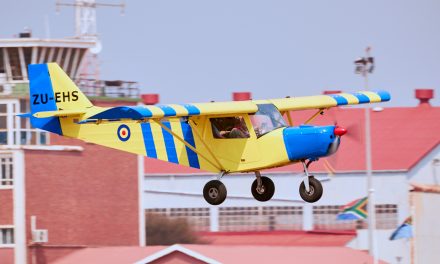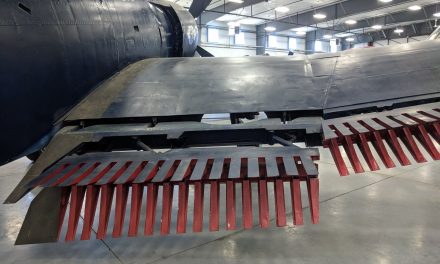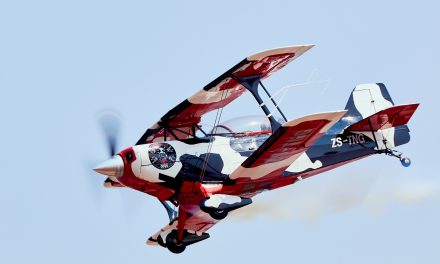Mikoyan was established on December 8, 1939 as the Pilot Design Department of the Aviation Plant #1 and headed by Artem Mikoyan and Mikhail Gurevich. It was later renamed “Experimental Design Bureau named after A.I. Mikoyan” otherwise known as the Mikoyan Design Bureau or Mikoyan OKB.[2] In 1964 Gurevich retired, and Mikoyan died in 1970. He was succeeded by Rostislav A. Belyakov, and in 1978 the enterprise was named after Mikoyan.[3]
In 1995, Mikoyan OKB was merged with two production facilities to form the Moscow Aviation Production Association “MiG” (MAPO-MiG).[2] In the 1990s MiG began developing Mikoyan Project 1.44, a fifth-generation jet fighter, but the project was hampered by a lack of funding and was eventually canceled.[4]
In December 1999, Nikolai Nikitin was appointed the corporation’s General Director and General Designer. Nikitin focused most of the company’s resources on the development of the Tu-334 passenger aircraft at the expense of military programs.[2] This prompted the resignation in December 1999 of many of its leading military aircraft designers, including the chief designers and their deputies for the MiG-29 and MiG-31 programs.[2]
Nikitin was replaced by Valery Toryanin in November 2003, who was in turn replaced by Alexey Fedorov in September 2004.[5] In 2006, the Russian government merged 100% of Mikoyan shares with Ilyushin, Irkut, Sukhoi, Tupolev, and Yakovlev as a new company named United Aircraft Corporation.[6] Specifically, Mikoyan and Sukhoi were placed within the same operating unit.[7]
MiG failed to win any major aircraft tender in the post-Soviet era, falling behind its Russian rival Sukhoi.[8] As of 2015 its business offering consists mostly of modernized MiG-29 aircraft.[8]
From Wikipedia





Recent Comments